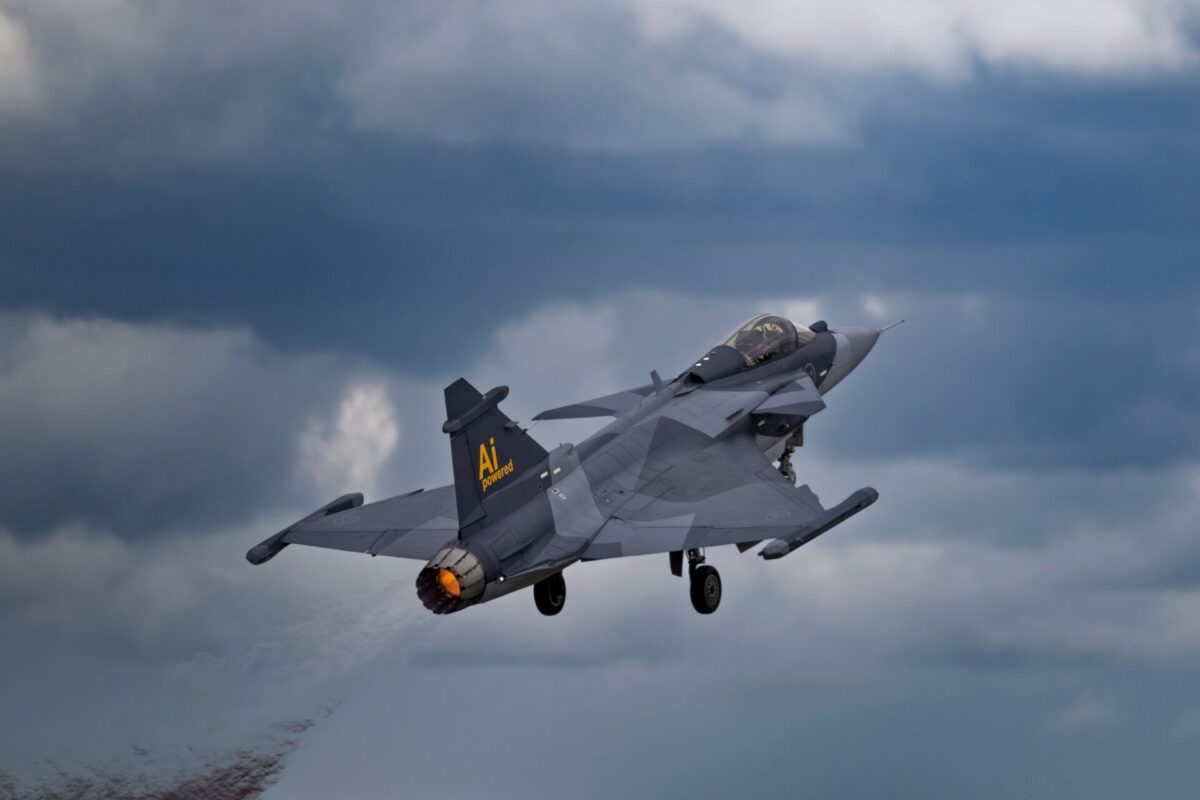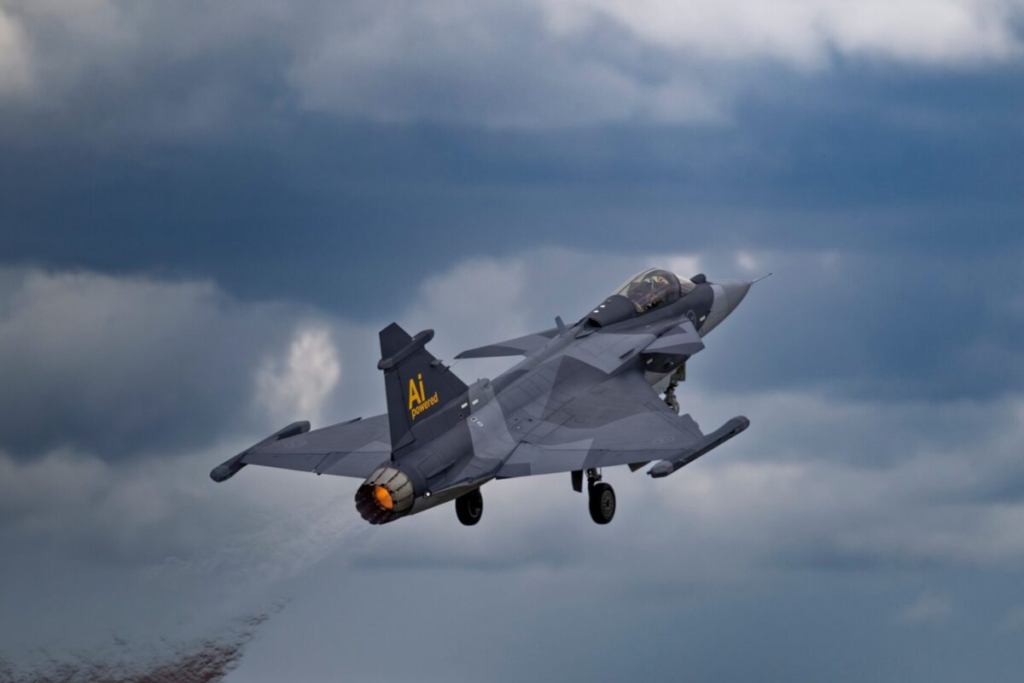Saab has received an order worth approximately SEK 2.6 billion ($238 million) from the Swedish Defence Materiel Administration (FMV) for continued conceptual studies on future fighter systems.
The new contract, covering the 2025–2027 period, builds upon the original agreement signed in March 2024 and expands the scope of work under Sweden’s Koncept för Framtida Stridsflyg (KFS) – or Future Combat Aviation Concept study.
According to Saab, the order encompasses studies of both manned and unmanned solutions “in a system-of-systems perspective,” as well as related technology development and demonstrator programs. The company will continue to collaborate with FMV, the Swedish Armed Forces, the Swedish Defence Research Agency (FOI), GKN Aerospace, and other industrial partners.
“This order sets the next step on our joint journey in delivering innovative solutions to meet future operational needs of the Swedish Armed Forces and other customers,” said Lars Tossman, head of Saab’s Aeronautics business area.
Expanding Sweden’s future air combat roadmap
The KFS program, launched in 2023, forms the backbone of Sweden’s long-term combat aviation roadmap. Saab first presented early details of the initiative in May 2024, describing it as a national effort to define the country’s next-generation air combat capability, separate from the UK-led Global Combat Air Programme (GCAP).
Sweden was an original participant in Team Tempest alongside the UK and Italy, but opted not to join the GCAP framework when it merged with Japan’s F-X program in late 2022. Instead, Stockholm has pursued an independent evaluation of its strategic needs, shaped by the war in Ukraine, NATO membership, and increased defense spending.
At the time, Peter Nilsson, head of Saab Advanced Programmes, said Sweden wanted to “take a deep breath and see where we are going to go,” noting that the future concept would emphasize low observability, autonomy, and electronic warfare — areas viewed as central to next-generation airpower.
Towards demonstrators and future procurement

Saab’s latest studies come as the company moves deeper into autonomy and AI integration. In 2025, Saab and German defense-AI firm Helsing conducted test flights in which a Gripen E successfully flew with Helsing’s AI agent Centaur, handing over tactical decision-making during beyond-visual-range maneuvers.
The new phase of research under the FMV contract is likely to build on that progress, exploring how AI-enabled and unmanned elements could operate alongside future manned fighters. Saab has previously hinted at loyal wingman concepts and has tested stealthy unmanned configurations through internal studies and wind-tunnel campaigns.
Saab #FCAS Unmanned supersonic ‘Loyal Wingman’ stealth concept. Focus: High-speed BVR. Wind tunnel tests Dec 2021.
Internally funded. Time reduced through additive manufacturing & @KTHuniversity wind tunnel. Costs down by 90%. Fin-less version also tested. Pics: Saab AB, ICAS 22 pic.twitter.com/AhFhjLGd5b— Gripen News (@GripenNews) February 7, 2024
The continued conceptual phase, now funded through 2027, is expected to transition into technology and demonstrator development from 2026 onward. Saab’s long-term roadmap anticipates moving toward a procurement decision around 2031, aligning with the Swedish Armed Forces’ broader modernization cycle and future Gripen replacement timeline.


